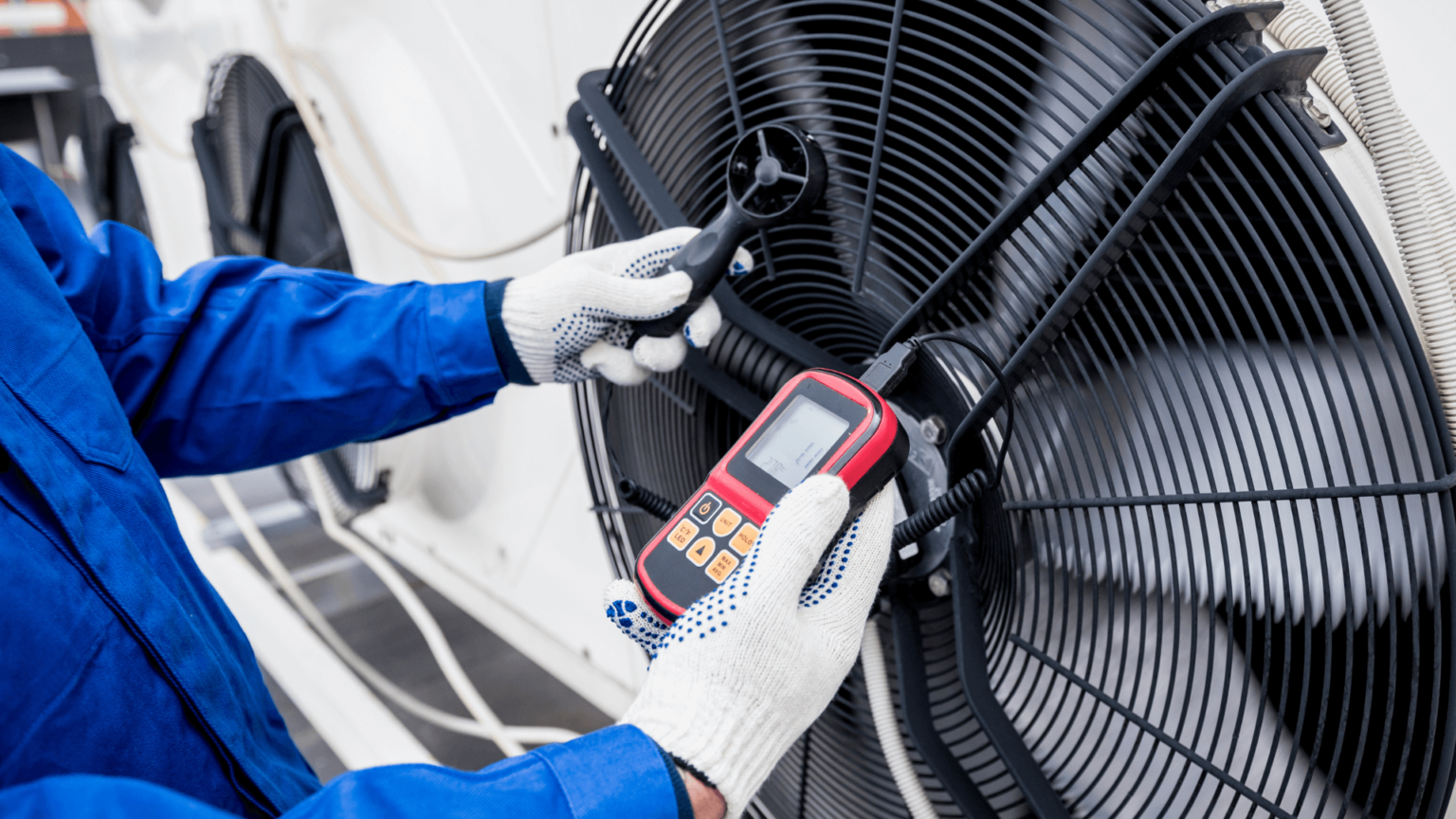In today’s fast-paced industrial environment, protecting machines with high moment of inertia and extended stopping distances has become increasingly crucial. With the rising complexity of industrial equipment and stricter safety regulations, businesses must adopt comprehensive protection strategies to prevent accidents, reduce downtime and maintain operational efficiency.
The Fundamentals of Machine Protection
Understanding the unique challenges posed by high-inertia machinery is essential for implementing effective protection measures. These machines, often featuring heavy rotating components and requiring significant stopping distances, need specialised safety solutions.
Installing safety bumbers for machines and other protective devices has become standard practice in modern industrial settings, particularly where worker safety is paramount. The integration of mechanical and electronic safety systems creates a robust protective framework that significantly reduces the risk of accidents and equipment damage.
Smart Safety Systems: The Future of Machine Protection
Modern technology has revolutionised how we approach machine safety. Smart safety systems, incorporating sensors and automated monitoring devices, provide real-time feedback about machine operation and potential hazards. These systems can:
- Monitor operational parameters
- Detect abnormal behaviour
- Trigger emergency stops when necessary
- Log safety-related events for analysis
These intelligent systems can be integrated with cloud-based platforms for remote monitoring and analysis, enabling predictive maintenance strategies and reducing the likelihood of catastrophic failures. Real-time data analytics help identify patterns that might indicate potential issues before they become critical.
Physical Barriers and Protection Measures
Implementing robust physical protection is crucial for high-inertia machinery. Consider:
- Heavy-duty machine guards
- Impact-resistant barriers
- Emergency stop systems
- Safety light curtains
- Protective enclosures
When selecting and installing these physical barriers, it’s essential to consider both the machine’s operational requirements and the surrounding environment. Regular inspection and maintenance of these protective measures ensure their continued effectiveness and compliance with safety standards.
Training and Operational Excellence
Even the most sophisticated protection systems require proper human interaction. Establishing comprehensive training programmes ensures that operators understand safety procedures and maintenance staff follow proper protocols.
Regular maintenance plays a vital role in protecting high-inertia machinery, with scheduled inspections and component replacement forming the backbone of any effective protection strategy. Additionally, implementing a continuous improvement programme that incorporates feedback from operators and maintenance staff helps refine safety procedures and identify potential areas for enhancement.
Risk Assessment and Compliance
Conducting thorough risk assessments helps identify potential hazards and determine appropriate protection measures. Modern protection solutions incorporate cutting-edge technologies such as AI-powered monitoring systems and predictive maintenance algorithms.
These advanced systems work alongside traditional safety measures to create a comprehensive protection framework. Regular audits and compliance reviews ensure that all safety measures meet or exceed current industry standards whilst maintaining operational efficiency and worker protection.
Cost-Effective Implementation and Integration
Implementing protection measures needn’t break the bank. A phased implementation approach, prioritising critical areas and leveraging existing infrastructure, can help manage costs effectively.
Successful protection strategies must seamlessly integrate with production workflows, quality control systems and existing safety management protocols.
By carefully planning and coordinating implementation phases, organisations can optimise their investment whilst ensuring comprehensive protection across all critical operations.
Future-Proofing Your Protection Strategy
As technology evolves, protection strategies must adapt. Businesses should consider scalable solutions and upgradeable systems that can accommodate future regulatory requirements and emerging safety technologies. Regular reviews and updates of protection strategies ensure continued effectiveness and compliance with evolving safety standards.
Investing in modular protection systems and maintaining strong relationships with safety technology providers enables organisations to quickly adopt new innovations and stay ahead of industry developments whilst protecting their initial investment.




